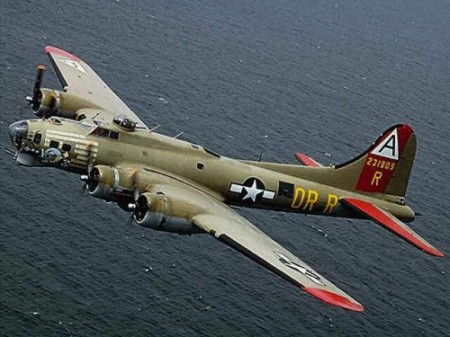
Continuing our series of aesthetic appreciations of sublime machines…
No other nations built anything like them, until the Soviets released the Tupolev Tu-20 Bear nuclear bomber in 1955, 10 years after the end of the war (they also copied the B-29). Other nations had bombers in the WW2 and immediately prior era, but they were much smaller and more primitive craft.
There is basic physics involved with their engineering and battle tactics. Volume goes like the cube of length. Aircraft weight is a function of area (since airplanes in general are basically aluminum skins), which is the square of length. Therefore a large bomber could carry lots more gasoline per pound of airplane than a smaller aircraft like a fighter plane. As such, they were inherently long range devices. Ever wonder why modern fighter planes are so large? This is why. This fact meant a bomber had to fight against fighter planes by itself, as no escort planes could fly with them the whole trip to their targets. As such, they came with a lot of guns. One could say, in a sense, they were dreadnaughts of the air.
The defining characteristic of the American bombers: many engines, many guns, glass nose cones. The tactical idea was they would fly very high, and in battle formation (see below). Their numerous gun turrets would provide a blanket of firepower which would be able to protect the whole squadron from an attack by a fighter plane at any angle. The idea was sort of a 3-d version of the infantry phalanx. At least that’s what they thought; it sort of worked. The problem was, the formation was so rigid, the whole squadron had to fly at a mere 150MPH in a straight line, where they could be hit by ground-based flak. Fortunately, the B-17 was tough. You could punch one full of holes, and it wouldn’t fall down. It was truly a flying fort.
While the guns were pretty cool, and they were occasionally used for ground support (I almost bought a boat off a guy who used to light up the Ustashi in the former Yugoslavia with his B-24 liberator), really, these suckers were giant bomb trucks (below).
The type of combat they fought with bombers really appeals to my imagination. It appeals to me for the same reasons early nuclear-age jet combat aircraft appeal to me. This was an entirely new thing in war. The Germans tried to use aerial bombing as a serious weapon, like everyone else, but only the Anglos got it right. Mostly, Hitler seemed to see Bombers as a terror weapon. Whilst it freaked out the Spaniards in their civil war, it certainly didn’t work on phlegmatic Englishmen. Raining bombs on London just pissed off the English. You do not want to make Englishmen angry as a nation. After the dumbkopfs in the Luftwaffe got done showing off, the English built tens of thousands of heavy bombers and turned millions of Germans into red jelly (below, the snooty Avro Lancaster: the annihilator of Dresden; note the swanky Limey Jaguar-like sidepipes on the engine nacelles).
The British engineers deserve honorable mention for the De Haviland Mosquito (below); a brilliant design which relied on speed and maneuverability to avoid being shot down. It was actually made of wood. Like many successful planes (the A-10 comes to mind), the bigshots hated them, so, despite its technical success, cheapness and the fact that it could carry almost as many bombs as a heavy bomber, it wasn’t made the main Bomber of the British Air Services.
The Germans did have a good appreciation for the tactical (rather than strategic) use of the bomber, with their Stuka squadrons taking out thousands of Soviet tanks. So did the Japanese, with their fabulous Mitsubishi A6M aka “Zero” fighter/bomber plane. For my money, the best early fighter plane of WW2: the range on this thing was incredible; nearly 2000 miles, at a time when a normal fighter range was 500 miles. But, neither Axis power ever realized the strategic possibilities of filling a giant aluminum tube with TNT and shrapnel and driving it over the enemy, and emptying it. America realized this. America was good at big, mass production sort of things back then.
Modern people seem to think these wars were avoidable or an accident of history, or a result of the characters of the men in charge in those days. Not so. Sir Edward Creasy realized in the 1850s that America and Japan were two growing young powers who would come to blows. He wrote about it in his Fifteen Decisive Battles of the World in 1852. America always knew we’d fight the Japanese. It was obvious before it it was obvious we’d give up slavery. It was also obvious we’d have to fight the Germans after Hitler came to power. As such, the US had the idea for heavy, long-range bombers for quite a while. When the Germans did as well, the US developed the idea of a super-long-range, super-huge-bomber: the B-29 (below), so we could bomb them from America. An awe-inspiring super-dreadnaught; so advanced for the era, they were not retired until the 1960s. 350mph, 40,000 feet ceiling; it was practically untouchable at the time. It could travel 3300 miles without refueling, developed 9000 horsepower, and carried 10 crew, 20,000lbs of bombs, 12 .50 caliber machine guns, and a 20mm cannon. The B-29 was comparable in artillery to a navy corvette!
Such machines killed millions upon millions of people. The bomb runs were not accurate; they had to carpet many square miles to hit a few ball-bearing factories. Many innocents were slaughtered. But, tens or hundreds of thousands of men met with fiery deaths driving these flying battle trucks over the enemy (40,000 died in the B-17 alone). You had to be insane to crew such a beast, but there was no shortage of volunteers. They flew so high, they needed oxygen to breathe. Most of the men who flew such machines were mere 21-year-old farm boys; the very idea of using oxygen must have been more foreign to their sensibilities than going to outer space is to a 12 year old today.
They chewed tobacco and shot Nazi airplanes, while driving a giant space truck through the skies. If you survived 5 missions, you were lucky. About 1/4 of crews never returned. It wasn’t a pleasant death; fire, shrapnel, crash landings turning you into jam. It was mad courage and derring-do! They did what was necessary in a war of industrial attrition.

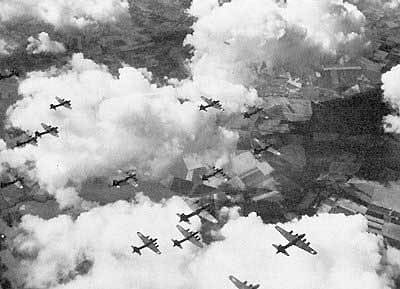
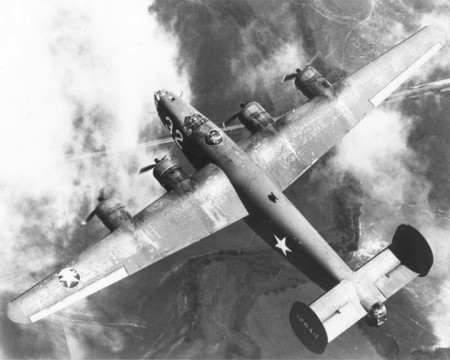
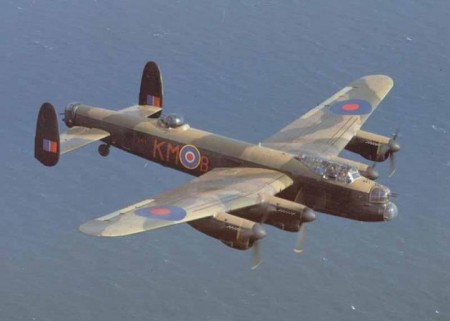
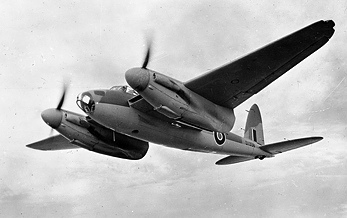
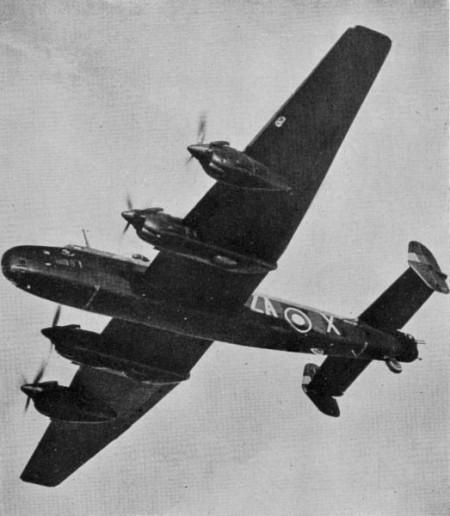
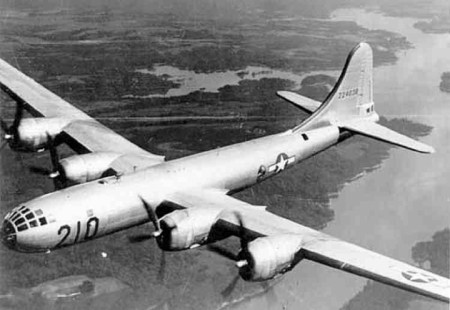
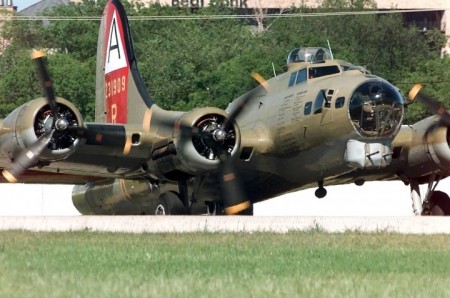










My grandad flew Wellington bombers over Germany. Never spoke about it, except a few very rare, hair-raising snippets. After his tours he spent the end of the war in India, training pilots.
He was lucky to have survived, Brit. The Wellington was a terrible plane to flying bombing missions in: underpowered and under armed, and with a terrible tendency to conk out on you.
If you read that marvellous recommendation of Gaw’s, General Carton de Wiart’s autobiography, he mentions surviving a Wellington crash twice and with not an enemy in sight.
Curiously enough, my grandfather did the same. I believe the horror of it, and the subsequent ostracism left him unwilling or unable to discuss his experiences. Indeed I never heard him speak a word about it until he was very near the end, and in a brief moment of clarity (he suffered aphasia and dementia) he told me to “be a pilot; it’s easy”.
Very fitting after all the talk of the Special Relationship over the past couple of days. It’s just a shame it wasn’t posted a bit earlier, some of this would have made excellent material for the President’s speech at Westminster (I assume he’s a regular reader).
Who isn’t?
I introduced my german frau to a sprightly old bomber captain I know in our local pub. When he asked her whereabouts she was from in Germany she replied Munich.
“Munich?” he said “Ah yes…Munich…..Bombed That!” and laughed his head off.
@worm: great story!
One of the inspirations for all this was a fellow in my men’s club telling the story of being shot down over Frankfurt in his B-17 and spending most of the war in a camp playing the accordion. Apparently, it wasn’t quite “Hogans Heroes” or “The Great Escape” (though he was in Stammlager Luft).